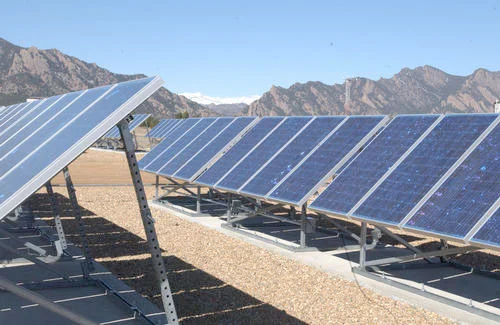Photovoltaics
Sandwiches of silicon, “doped” with an impurity to help electrons flow (electricity) n-type doped with arsenic, antimony or phosphorous, these add an extra electron p-type doped with boron, aluminum or iridium, these want to take up an electron
Sunlight provides the energy to make the current flow from the n-type side to the ptype side Each sandwich produces only a small amount of electricity, about 0.5 volts. Group 40 or 50 sandwiches to make a solar cell of 20 to 25 volts.
You can purchase a solar panel cleaning kit: liquid and cleaning equipment included
It’s suggested that you clean your panels when they’re wet or moist (as any muck stuck on the panels will wipe away easier)Don’t use any harsh utensils to clean as they can damage the panel, this is important as it can be costly to fix and replace panels.
The turbulator facilitates in transferring gaseous heat in a boiler. The integration of turbulators in tubes of boilers, heaters help in improving the heat transfer efficiency. The other application of turbulator is in cast iron sectional boilers, heat exchangers and in other equipments where the flow of gases is possible in flue tubes.
Turbulators are placed inside the ducts of boiler with unique locking handle. It will enable the turbulator to stand in both h.
Types of Photovoltaics
Crystalline silicon: expensive to make as silicon must be very pure, but these are most efficient, about 10 to 15%. Maximum efficiency is about 25%.
Amorphous silicon: newer technology than crystalline silicone, lower efficiency, about 5%, but can be improved by stacking layers to get about 10% efficiency. Very durable. Can be made into roof shingles, for example.
Flexible, amorphous PVs
Rigid, crystalline PVs
https://suryaurza.com/installation-of-solar-panels-photovoltaic-systems/




